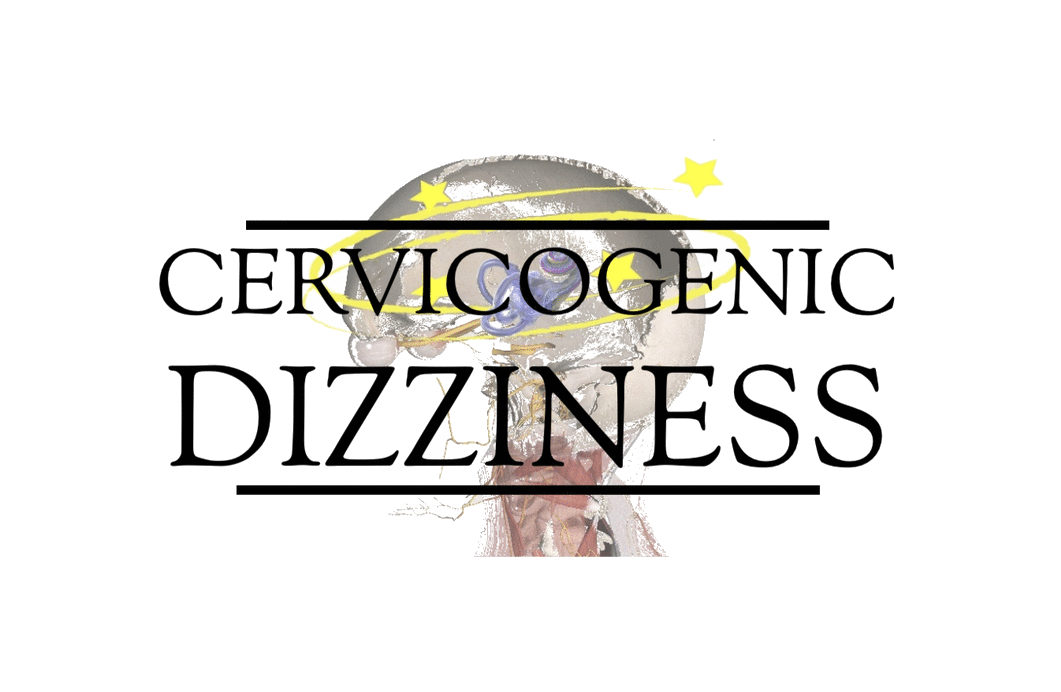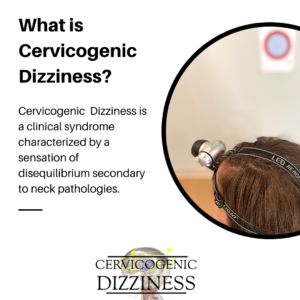
SUSPECTING A PATIENT HAS VBI? YOU COULD RECOMMEND THIS.
December 1, 2021What is the difference in Vertigo and Cervicogenic Dizziness?
January 7, 2022What is Cervicogenic Dizziness?
Cervicogenic dizziness is a clinical syndrome that is characterized by an illusory sensation. It is understood to be an issue with motion and disequilibrium secondary to neck pathologies.
Cervicogenic dizziness is considered a positional-type of dizziness. This means, symptoms arise when the neck is positioned differently in relation to the head.
Positional-type classification is dizziness that arises with the response to movement. In most cases, symptoms arise when you look up or turn your head.
As the name suggests, individuals typically describe the symptoms as being dizzy. Actual vertigo or room spinning sensation is rarely the case. Other descriptors can be lightheadiness, unsteadiness or drunkenness.
One characteristic of dizziness from the neck is no latency period. This refers to the time lapsed between exposure to the precipitating stimulus and onset of symptoms.
Therefore, you would most likely experience the symptoms immediately upon turning your head or looking up.
Unfortunately, neck pathologies is a broad term and not very specific. With that said, the reason for cervicogenic dizziness can be due to inflammatory, degenerative and mechanical dysfunctions of the neck.
Problems in the upper cervical spine is the most common reason for dizziness. The ultimate solution to your problem is why the upper cervical spine is dysfunctional.
If you want to learn more about the diagnosis of cervicogenic dizziness, you can check out our books we have written on the topic.
Feel free to contact us for consultation if you need assistance!

